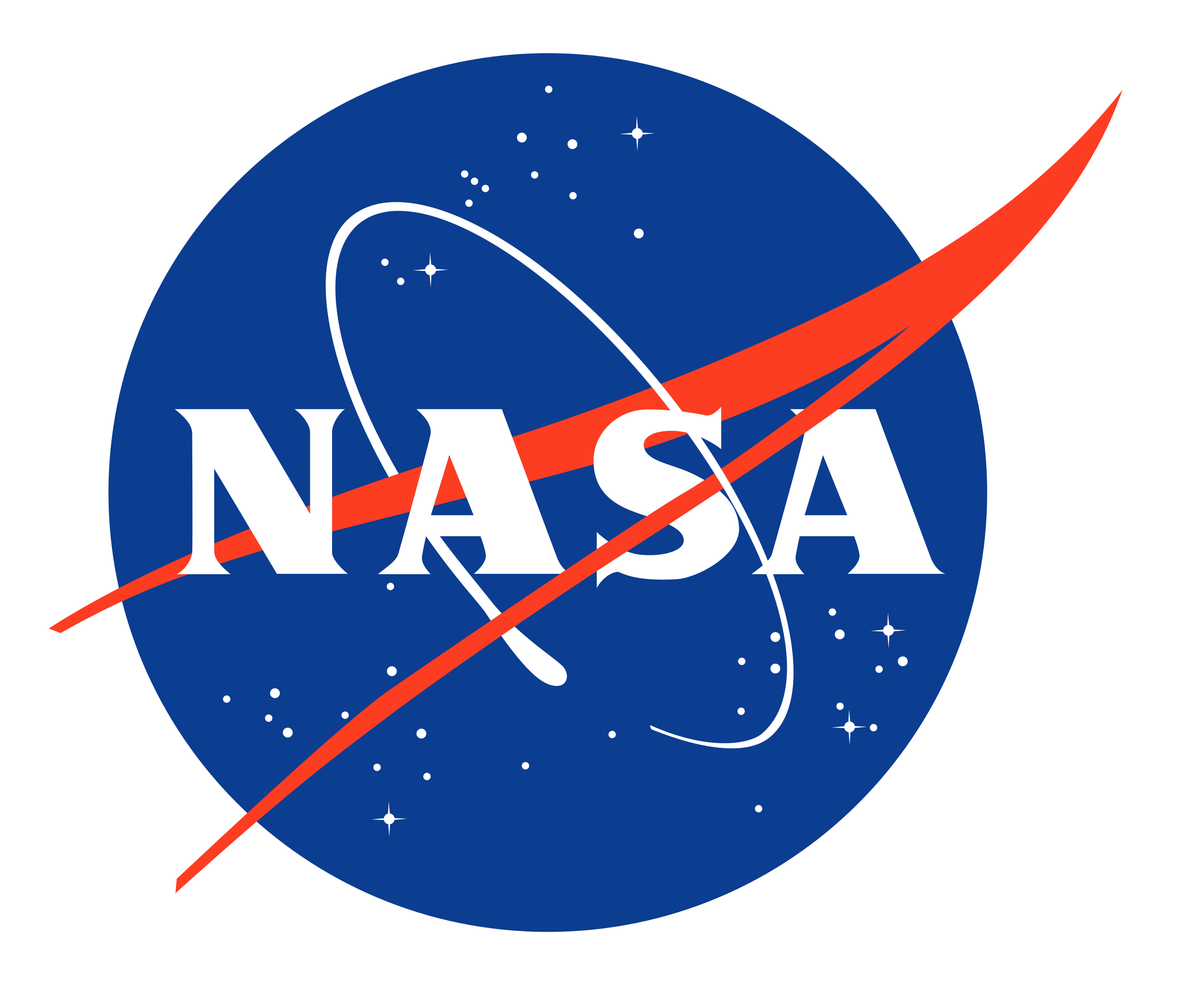Featured Image
The Crab Nebula is the shattered remnant of a massive star that ended its life in a massive supernova explosion. Nearly a thousand years old, the supernova was noted in the constellation of Taurus by Chinese astronomers in the year 1054 AD. This view of the supernova remnant obtained by the...
June 11th, 2005
•
sig05-004a



